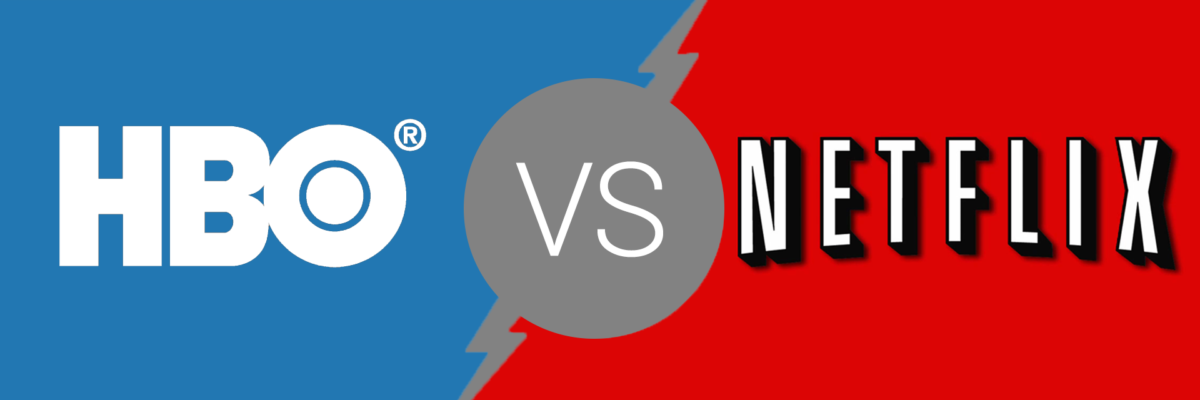In this blog we describe the business models of Netflix and HBO, use Porter’s five forces analysis to analyze the video entertainment industry, critically compare the strengths and weaknesses of both companies and make predictions for the video entertainment industry.
Netflix uses the business model of video on demand via the internet. The high quality and easily accessible content, available from many different devices anytime and anywhere at low prices has already attracted more than 75 million subscribers worldwide. HBO is the largest pay-TV cable channel in the USA with a subscriber base of 46 million. The company uses a service business model in both the cable television industry and the video on demand industry, which is scalable with a recurring subscription-based revenue model.
The video entertainment industry is very competitive with a large number of firms. The switching costs are low which intensifies the competition. Low levels of product differentiation also increase the rivalry. The threat of new entrants is moderately low because of the high cost of capital required to acquire the needed platforms and products. The threat of substitutes is high and therefore costs must be kept low in order to be competitive. The bargaining power of buyers is medium because buyers can easily switch between services and there are little to no switching costs, but buyers don’t have the power or ability to influence the products or prices. The bargaining power of suppliers is moderately high as companies like Netflix have to make sure they can secure and keep contracts with the most popular networks and studios to keep its customer happy.

The SWOT tables below list the strengths, weaknesses, opportunities and threats of respectively HBO & Netflix.


The main differences between HBO and Netflix are:
- The monthly subscription fee of HBO is almost twice as expensive as Netflix;
- HBO offers more recent movies but has less content than Netflix;
- HBO provides online streaming via a subscription to cable providers (and now also independently via HBO now) and Netflix only provides online streaming via the use of the internet;
- Netflix and HBO got different original series and movies. But where HBO offers fewer than 350 films, Netflix offers around 5.000 films;
- HBO Now initially can only be streamed on Apple devices as a 3-month exclusive. Netflix is available on almost all streaming platforms.
Our predictions of the video entertainment industry are that:
- The industry for online streaming will continue to grow worldwide and be innovative over time;
- Netflix and HBO are in prime positions to pounce on a new generation of movie fans;
- In the future Netflix will focus more and more on children to secure their loyalty for life;
- Netflix will increase the prices towards HBO’s fees, thereby reaching a higher adjusted operating income (bottom line);
- Targeted advertising: with big data and audience analytics there will be streamlined and targeted advertisements for specific subscribers of the TV industry.
References:
http://www.cinema.nl/artikelen/12132512/titanenstrijd-hbo-vs-netflix
http://www.cass.city.ac.uk/__data/assets/pdf_file/0017/220517/Netflix.pdf
http://www.slideshare.net/MintyThomas/netflix-1-51317848
https://www.linkedin.com/pulse/state-future-netflix-v-hbo-2015-jason-hirschhorn
https://www.washingtonpost.com/news/the-switch/wp/2016/03/28/netflix-is-coming-for-your-kids/
https://www.statista.com/chart/4254/netflix-subscriber-growth/
Group 51: Daniëlle de Jong, Mitchel Riemen, Siobhan Heale & Tom Kuil

